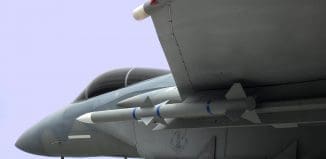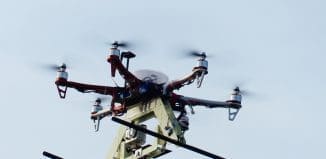Hypersonic Weapons Developed at Unprecedented Pace
This post is also available in:  עברית (Hebrew)
עברית (Hebrew)
The U.S. Air Force is quickly getting closer to prototype, test and deploy hypersonic weapons on an expedited schedule. Hypersonic weapons can defend against enemy attacks by fast-tracking an ability to launch high-impact, high-speed attacks at Mach 5, five times the speed of sound.
According to senior officials, a “boost glide” hypersonic weapon is one that flies on an upward trajectory up into the earth’s atmosphere before using the speed of its descent to hit and destroy targets.
At the Air Force Global Strike Command there is desire to allocate “all the resources” possible in favor of hypersonic weapon implementation. In fact, Lockheed Martin Corporation was recently awarded a second deal by the U.S. Air Force to expedite prototyping of a hypersonic weapon.
Both an Air-Launched Rapid Response Weapon and a Hypersonic Conventional Strike Weapon, which involves using technologies which have not yet been integrated for air-launched delivery, will be developed by Lockheed. Air Force Secretary Heather Wilson Wilson is “moving as fast as possible” when it comes to hypersonic weapons.
Senior Air Force Weapon developers once predicted that US hypersonic weapons might first be deployable by the early 2020s. Hypersonic drones for attack or ISR missions, by extension, were thought to be on track to emerge in the 2030s and 2040s, as reported by nationalinterest.org.
Now, this aggressive new Air Force hypersonic weapons prototyping and demonstration effort is expected to change this time-frame in a substantial way.
Hypersonic weapons “are able to evade and conceal their precise targets from defenses until just seconds before impact. This leaves targeted states with almost no time to respond… Hypersonic missiles require a reconsideration of traditional second-strike calculations, as they have the potential to decapitate a nation’s leadership before it has the opportunity to launch a counter attack,” writes Rand scholar Richard Speier.
Chinese State Media recently announced a successful test of a new “wave-rider” hypersonic vehicle, which flew for 400 seconds, achieving a maximum speed of Mach 5.5 to 6 (6760 to 7400 km/h) and reaching an altitude of 30 km.





























